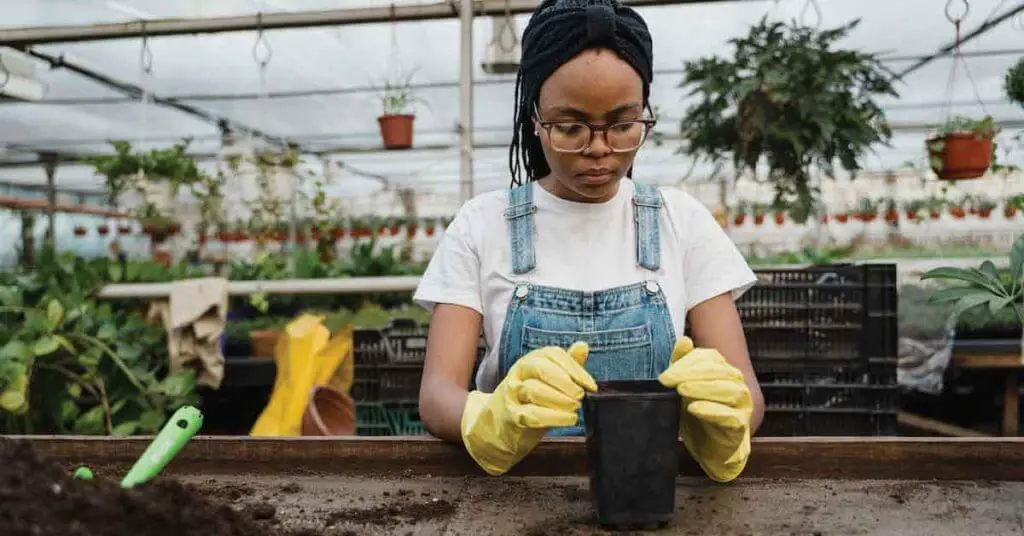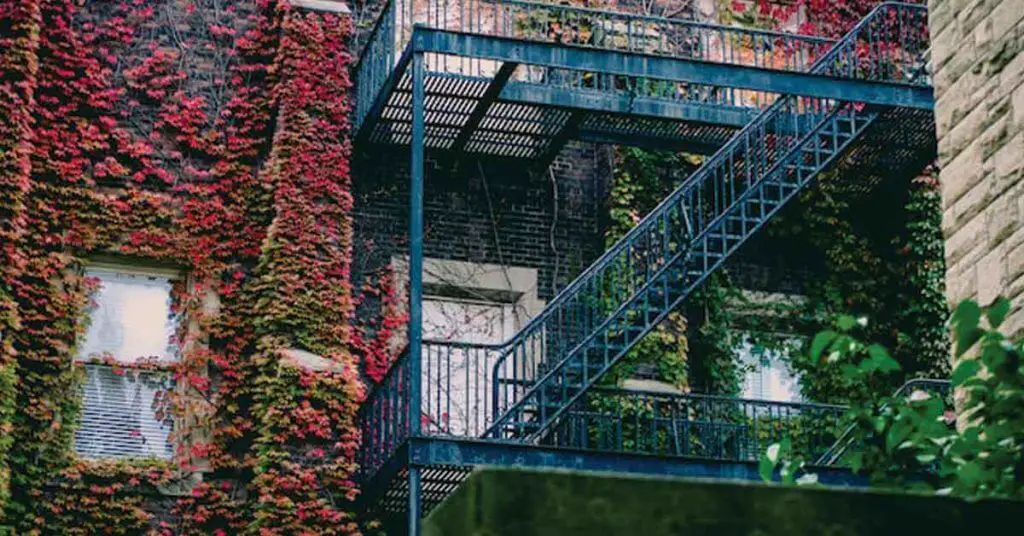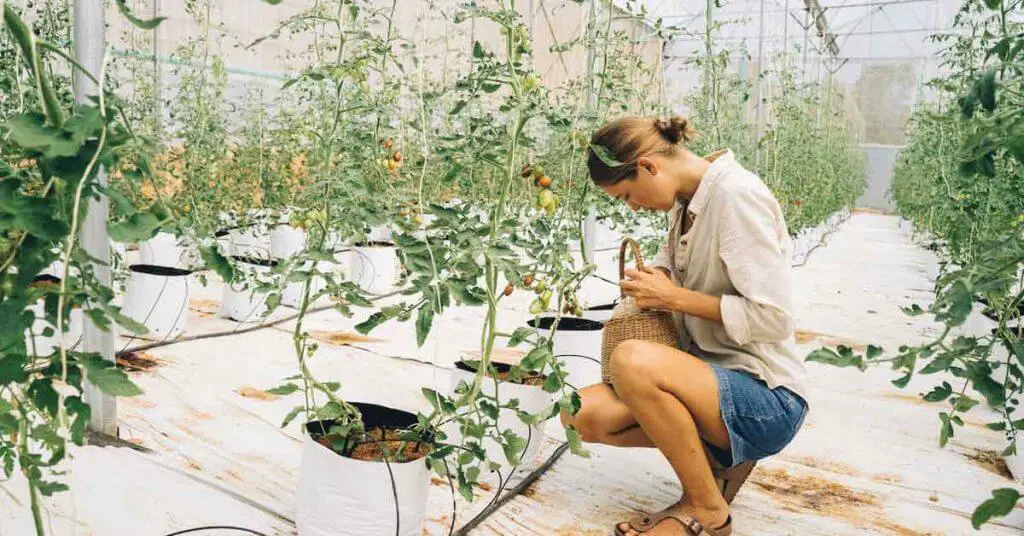Introduction to Micro-Homesteading on Small Urban Spaces
In recent years, urban living has become increasingly popular, with more and more people opting for the convenience and opportunities found in cities. However, amidst the hustle and bustle, there’s a deep-seated yearning in many of us. A desire that, despite the high-rises and busy streets, calls us back to our roots. It’s an inherent human desire to connect with nature. This longing for a touch of green, a hint of fresh air, and a closer relationship with the natural world has sparked a rising interest in homesteading, even in the most compact urban spaces.
But here’s the challenge: Traditional homesteading, with its sprawling gardens, livestock, and self-sufficiency, seems almost impossible in a cramped city apartment or a house with a tiny yard. How can one possibly practice homesteading in such limited spaces? It’s a question that many aspiring urban homesteaders grapple with.
Enter Micro-Homesteading. It’s not just about downsizing; it’s about innovating. It’s about taking the essence of homesteading and molding it to fit our modern urban lifestyles. Micro-Homesteading is the solution that allows individuals to embrace the joys of homesteading, even within the constraints of small urban spaces. By harnessing innovative techniques and a dash of creativity, you can cultivate a sustainable and fulfilling homesteading lifestyle, right in the heart of the city.
Balcony Homesteading: Your Little Green Escape
In today’s urban sprawl, where concrete often overshadows greenery, there’s a growing movement towards reclaiming our connection with nature. Enter balcony homesteading, a micro-homesteading approach that transforms even the tiniest of spaces into a green haven. Let’s explore how you can cultivate a lush garden right on your balcony.
Why Balconies are Goldmines
Every balcony, no matter its size, holds a promise. It’s a blank canvas waiting to be painted with shades of green. The beauty of balcony homesteading is its accessibility. You don’t need acres of land; just a few square feet can make a difference.
- Space Utilization: Even a small balcony can house a variety of plants.
- Mental Well-being: A green space offers a therapeutic escape from urban chaos.
- Sustainability: Growing your own produce reduces dependency on store-bought items, promoting a sustainable lifestyle.
Growing Food on Your Balcony
Imagine plucking fresh basil or cherry tomatoes right from your balcony. It’s not just a dream; it’s achievable with the right approach.
- Start Small: For beginners, herbs like mint, basil, and cilantro are perfect. They require minimal space and care.
- Choose Wisely: Depending on the sunlight your balcony receives, select plants that thrive in those conditions.
- Vertical Farming: Utilize vertical space with hanging pots or wall-mounted planters.
Container Gardening
The heart of balcony homesteading lies in effective container gardening.
- Drainage is Key: Ensure your containers have proper drainage holes to prevent root rot.
- Size Matters: Larger plants require deeper pots, while herbs can thrive in smaller containers.
- Material Choices: While plastic pots are lightweight and affordable, terracotta pots offer better breathability for plant roots.
Watering and Maintenance
A thriving balcony garden requires regular care and attention.
- Consistent Watering: Plants in containers dry out faster. Ensure they receive consistent moisture, especially during hot days.
- Fertilization: Use organic compost or fertilizers to provide essential nutrients.
- Pest Control: Keep an eye out for pests. Opt for natural repellents or beneficial insects like ladybugs to tackle them.
Balcony homesteading is more than just a trend; it’s a testament to human adaptability and our innate connection to nature. With the right techniques and a touch of passion, your balcony can transform into a micro-homesteading paradise. Embrace the challenge and enjoy the bountiful rewards.
Indoor Vertical Farming: The Sky’s the Limit
In the bustling urban landscapes where space is a premium, there’s a revolutionary farming method that’s taking root, quite literally, upwards. Indoor vertical farming is not just a modern gardening trend; it’s a testament to human ingenuity, making the most of limited spaces. Let’s dive into this fascinating world of vertical greenery.
The Concept of Vertical Farming
At its core, vertical farming is about stacking layers of plants on top of one another, allowing you to grow more in less space. It’s like building a green skyscraper inside your home!
- Space Efficiency: Traditional farming spreads out; vertical farming grows up.
- Controlled Environment: Indoors, you control the temperature, light, and humidity, creating an optimal environment for plants year-round.
Setting Up Your Vertical Garden
Starting your vertical garden is an exciting venture. Here’s a step-by-step guide to get you going:
- Choose a Location: Find a spot in your home that receives ample natural light, or consider investing in grow lights.
- Select a System: From DIY shelves to hydroponic towers, choose a system that fits your space and budget.
- Watering Mechanism: Ensure a consistent watering system, whether manual or automated.
- Soil vs. Soilless: Decide if you want traditional potting soil or a soilless hydroponic medium.
Best Plants for Vertical Farming
While many plants can adapt to vertical farming, some are particularly well-suited:
- Herbs: Basil, mint, and cilantro love vertical spaces.
- Leafy Greens: Spinach, lettuce, and kale thrive in stacked setups.
- Strawberries: Yes, these berries can grow vertically and are a delightful addition to any indoor garden.
- Benefits: Beyond Just Food
Vertical farming isn’t just about producing food. It offers a plethora of benefits:
- Aesthetic Appeal: A vertical garden is a living piece of art, adding vibrancy to any room.
- Air-Purifying: Plants like spider plants and peace lilies remove indoor pollutants, improving air quality.
- Mental Well-being: Tending to a garden, even a vertical one, reduces stress and promotes a sense of well-being.
Indoor vertical farming is a testament to how we can adapt and innovate, turning constraints into opportunities. Whether you’re a city dweller with limited space or someone looking to explore new gardening techniques, vertical farming offers a sustainable and rewarding experience. Embrace the vertical, and let your gardening aspirations soar to new heights!
Small-Space Livestock: Tiny Friends with Big Benefits
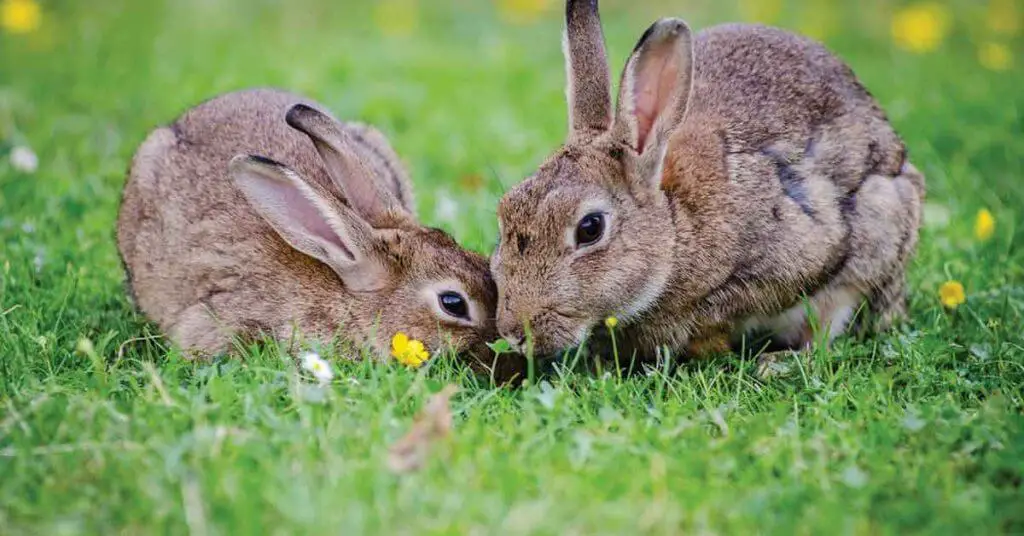
When we think of homesteading, sprawling fields with cattle and chickens might come to mind. But what if you’re an urban dweller with limited space? Enter the world of small-space livestock. These tiny creatures offer big benefits, from fresh produce to the sheer joy of animal companionship. Let’s explore how you can integrate these little friends into your urban homestead.
Raising Quails: The Perfect Little Birds for Urban Settings
Quails might be small, but they pack a punch when it comes to benefits:
- Compact Size: Quails require minimal space, making them perfect for small backyards or even balconies.
- Egg Production: Quail eggs are not only delicious but also rich in nutrients.
- Low Maintenance: These birds are hardy and require less care compared to larger poultry.
Urban Rabbit Farming: Bunnies in the City
Rabbits are not just adorable pets; they can also be a sustainable food source:
- Space-Efficient: A couple of rabbits can comfortably live in a small hutch on your patio.
- Sustainable Meat Source: If you’re inclined, rabbits provide lean and healthy meat.
- Waste to Compost: Rabbit droppings make excellent compost for your garden.
Beekeeping on Your Rooftop: The Buzzing Possibilities
You don’t need a farm to be a beekeeper. Urban beekeeping is on the rise, and here’s why:
- Honey Production: Enjoy fresh, organic honey right from your rooftop.
- Pollination: Bees play a crucial role in pollinating your plants, ensuring a bountiful harvest.
- Environmental Impact: By keeping bees, you’re helping boost the declining bee population.
Benefits of Small-Space Livestock
Beyond the tangible products like eggs and honey, there’s a world of intangible benefits:
- Animal Companionship: The joy of caring for animals and watching them thrive is unparalleled.
- Sustainability: Producing your own food reduces your carbon footprint.
- Educational: It’s a great way to teach kids about responsibility and where their food comes from.
Embracing small-space livestock in an urban setting might seem unconventional, but the rewards are immense. From the fresh produce to the life lessons, these tiny friends truly bring big benefits to the table. So, whether you’re considering quails, rabbits, or bees, remember that with the right care and attention, you can enjoy the perks of homesteading, no matter how small your space.
Hydroponics and Aquaponics in Apartments: Farming of the Future
In the heart of bustling cities, a quiet revolution is taking place. Apartment dwellers are turning their living spaces into mini-farms, producing fresh, organic food right at home. How, you ask? Welcome to the world of hydroponics and aquaponics, the futuristic farming techniques that are reshaping urban agriculture. Let’s embark on this exciting journey and discover how you can be a part of it.
Understanding Hydroponics: Growing Plants Without Soil? Let’s Dive In!
At its core, hydroponics is a method of growing plants without soil. Instead, plants are nurtured in a nutrient-rich water solution, allowing them to absorb minerals and vitamins directly:
- No Soil, No Mess: Say goodbye to messy soil and hello to clean, efficient farming.
- Nutrient Control: You have complete control over the nutrients your plants receive, ensuring optimal growth.
- Space-Efficient: Perfect for apartments, hydroponic systems can be set up vertically, making the most of limited space.
The Magic of Aquaponics: Combining Fish Farming with Hydroponics
Aquaponics takes hydroponics a step further by integrating fish farming:
- Symbiotic Relationship: Fish waste provides nutrients for plants, while plants help purify the water for fish.
- Dual Harvest: Enjoy fresh produce and fish from the same system.
- Eco-Friendly: Aquaponics systems use significantly less water than traditional farming.
Setting Up Your System: A Beginner’s Guide to Getting Started
Starting your hydroponic or aquaponic farm might seem daunting, but with the right guidance, it’s a breeze:
- Choose Your System: From deep water culture to nutrient film technique, pick a hydroponic system that suits your space and needs.
- Select Your Plants and Fish: While leafy greens thrive in hydroponic setups, fish like tilapia are perfect for aquaponics.
- Maintenance is Key: Regularly check pH levels, nutrient concentrations, and the overall health of your system.
Advantages: Why Hydroponics and Aquaponics are the Future
These innovative farming methods come with a plethora of benefits:
- Faster Growth: Plants grow up to 50% faster due to the constant supply of nutrients.
- Water-Efficient: Use up to 90% less water compared to traditional farming.
- Year-Round Farming: No need to wait for the right season; grow your favorite crops all year round.
Hydroponics and aquaponics are not just the farming methods of the future; they’re the farming methods of the present. As urban spaces become more cramped, these techniques offer a sustainable and efficient way to farm. So, whether you’re an apartment dweller or just someone looking to experiment with modern farming, it’s time to embrace hydroponics and aquaponics. The future of farming is here, and it’s incredibly exciting!
Composting in Apartments: Waste Not, Want Not
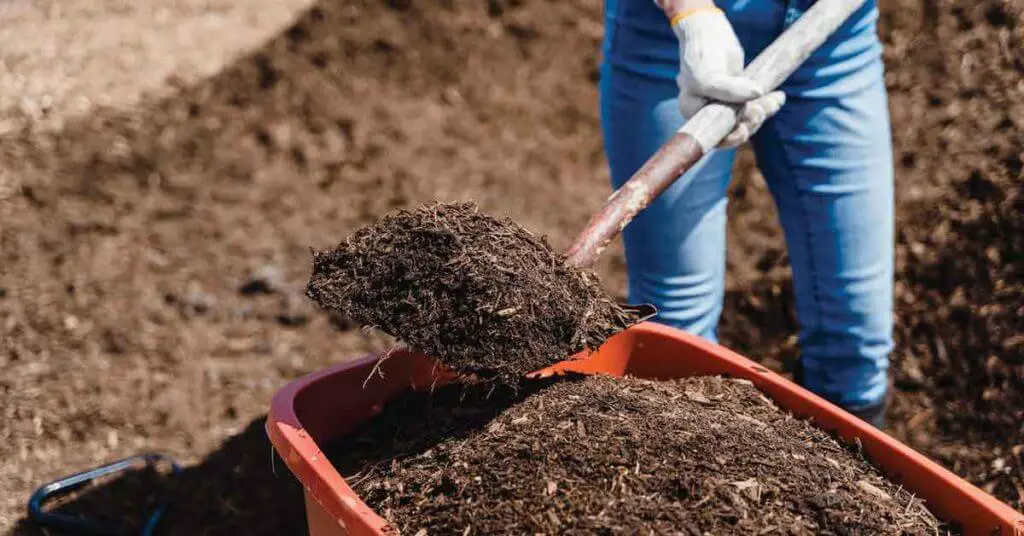
In the hustle and bustle of city life, it’s easy to overlook the mounting waste we produce daily. But what if there was a way to turn that waste into something beneficial, right in the confines of your apartment? Enter the world of composting—a sustainable practice that’s not just for sprawling gardens or rural homesteads. Let’s dive into how you can make composting a part of your urban lifestyle.
The Need for Composting: Why It’s Essential, Even in Small Spaces
Every bit of organic waste, from kitchen scraps to paper, can be transformed into nutrient-rich compost. But why should apartment dwellers consider composting?
- Reduce Landfill Waste: Every composted scrap is one less item in the landfill.
- Eco-Friendly: Composting is a natural process that reduces greenhouse gas emissions.
- Nutrient Boost: Your indoor plants will thank you for the rich compost you provide.
Bokashi Composting: An Introduction to This Apartment-Friendly Method
While traditional composting might be challenging in an apartment, Bokashi composting is tailor-made for small spaces:
- Fermentation Over Decomposition: Bokashi uses beneficial microbes to ferment waste, making it faster and odor-free.
- Compact Design: Bokashi bins are designed to fit seamlessly into urban homes, without taking up much space.
Setting Up Your Bokashi Bin: A Quick How-To Guide
Getting started with Bokashi composting is a breeze:
- Choose a Bin: Purchase a Bokashi bin or repurpose a tight-sealing container.
- Layer Your Waste: Add your organic waste and sprinkle Bokashi bran over it.
- Seal and Wait: Keep the bin sealed and let the fermentation magic happen.
- Use the Compost: Once fermented, mix the Bokashi waste with soil, and it’ll break down into rich compost.
Benefits: Reduce Waste, Enrich Your Plants, and Embrace Sustainability
Embracing Bokashi composting in your apartment offers a myriad of benefits:
- Waste Reduction: Significantly cut down on the amount of waste you send to landfills.
- Plant Growth: The compost produced is a nutrient powerhouse, perfect for your indoor plants.
- Sustainability: Play your part in creating a sustainable future by reducing waste and nurturing the environment.
Composting in apartments might seem like a tall order, but with methods like Bokashi, it’s both feasible and rewarding. By adopting this sustainable practice, you’re not only reducing waste but also giving back to the environment and your indoor garden. So, why wait? Start your composting journey today and make a tangible difference in the world, one bin at a time.
Conclusion: Embracing the Micro-Homesteading Movement in Urban Jungles
As we’ve journeyed through the multifaceted world of Micro-Homesteading, it’s evident that urban spaces, no matter how compact, hold immense potential. From balcony gardens that offer a slice of nature amidst concrete to innovative indoor farming techniques, the possibilities are as vast as they are exciting.
The challenges? Sure, they exist. Space constraints, lack of traditional gardening resources, and the fast-paced urban life can sometimes feel limiting. But as we’ve seen, with a bit of creativity, determination, and the right knowledge, these challenges can be transformed into rewarding experiences.
Micro-Homesteading isn’t just about growing plants or raising tiny livestock; it’s about reconnecting with nature, understanding the value of sustainability, and taking charge of where our food comes from—even in the heart of the city.
So, if you’ve ever felt the itch to cultivate, to nurture, or to create something green in your urban dwelling, now’s the time. Start small, dream big, and transform your urban space into a green oasis! With every plant you grow or every small animal you nurture, you’re not just homesteading; you’re making a statement about the kind of future you want to see.
Dive into the world of micro-homesteading. Your little green escape awaits!
Disclaimer: The information provided in this article is for general informational purposes only and is not intended to be a substitute for professional advice. The author of this article does not claim to be an expert in homesteading and the information provided should not be relied upon to make decisions about your own homesteading journey. Please do your own research and consult with a qualified professional before making any decisions about your homestead.
Share via:
Shaun Alexander is the main writer and editor for HomesteadingSimple.com. With a strong passion for homesteading and sustainability, Shaun has dedicated his life to learning and sharing information about a simple, fulfilling existence tied to the land. His expertise ranges from gardening and livestock management to off-grid living and DIY projects, reflecting the diverse skills necessary for a successful homesteading lifestyle. Shaun’s goal is to inspire and educate others about the possibilities of homesteading, whether in rural, suburban, or urban settings, and to provide practical advice and tips for both beginners and seasoned homesteaders. He believes in a future where more people return to their roots, embracing a life of self-sufficiency and harmony with nature.


